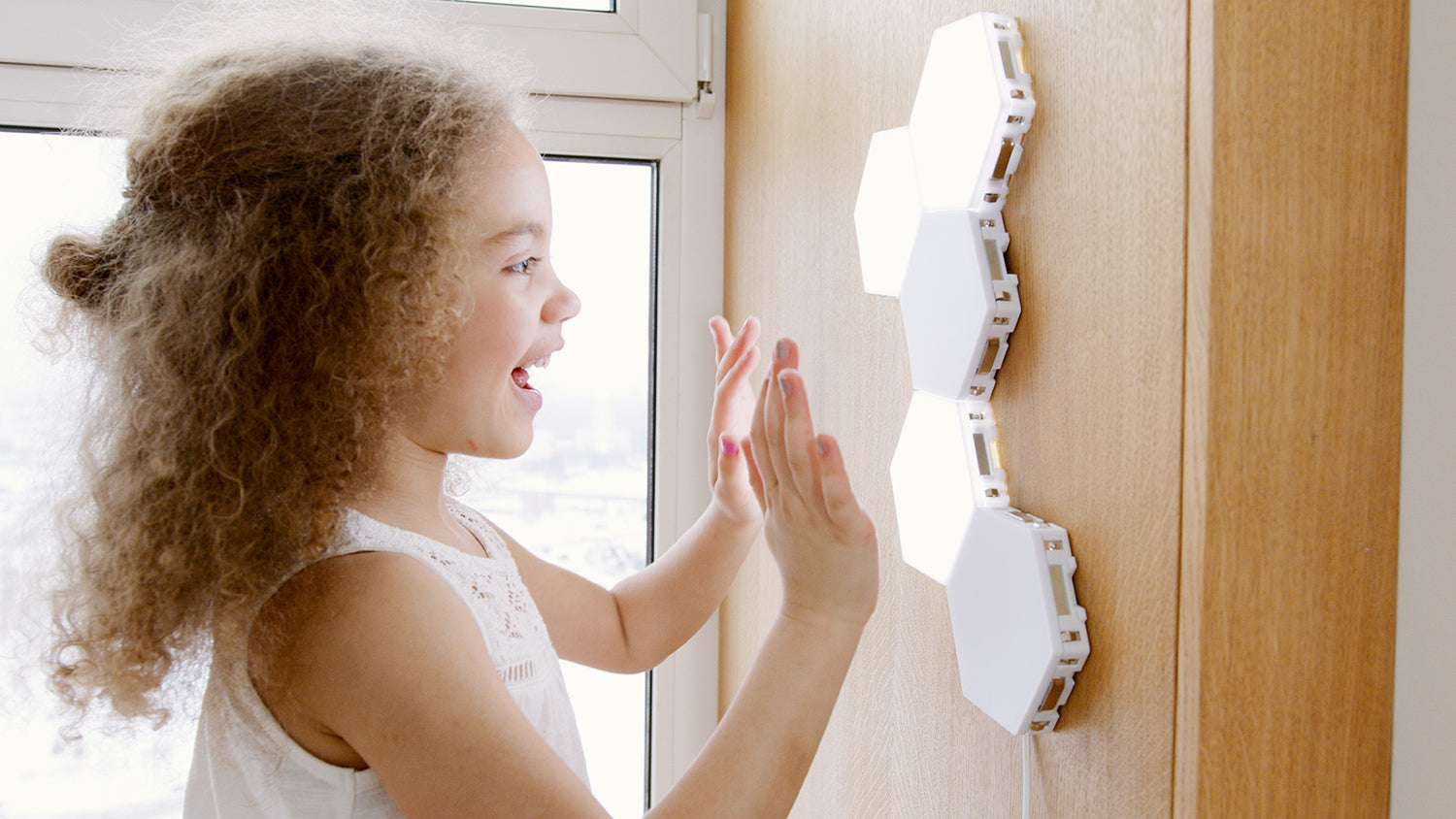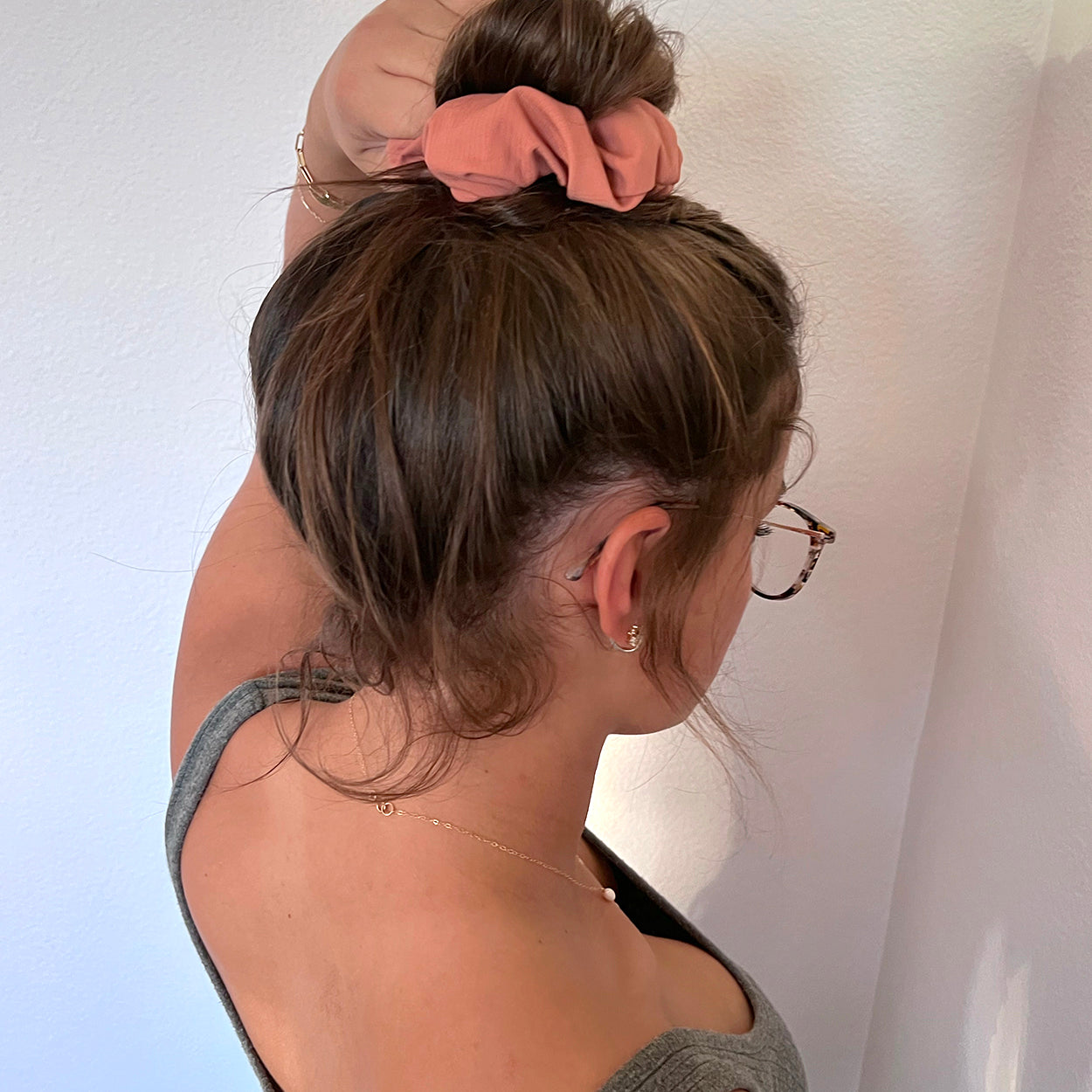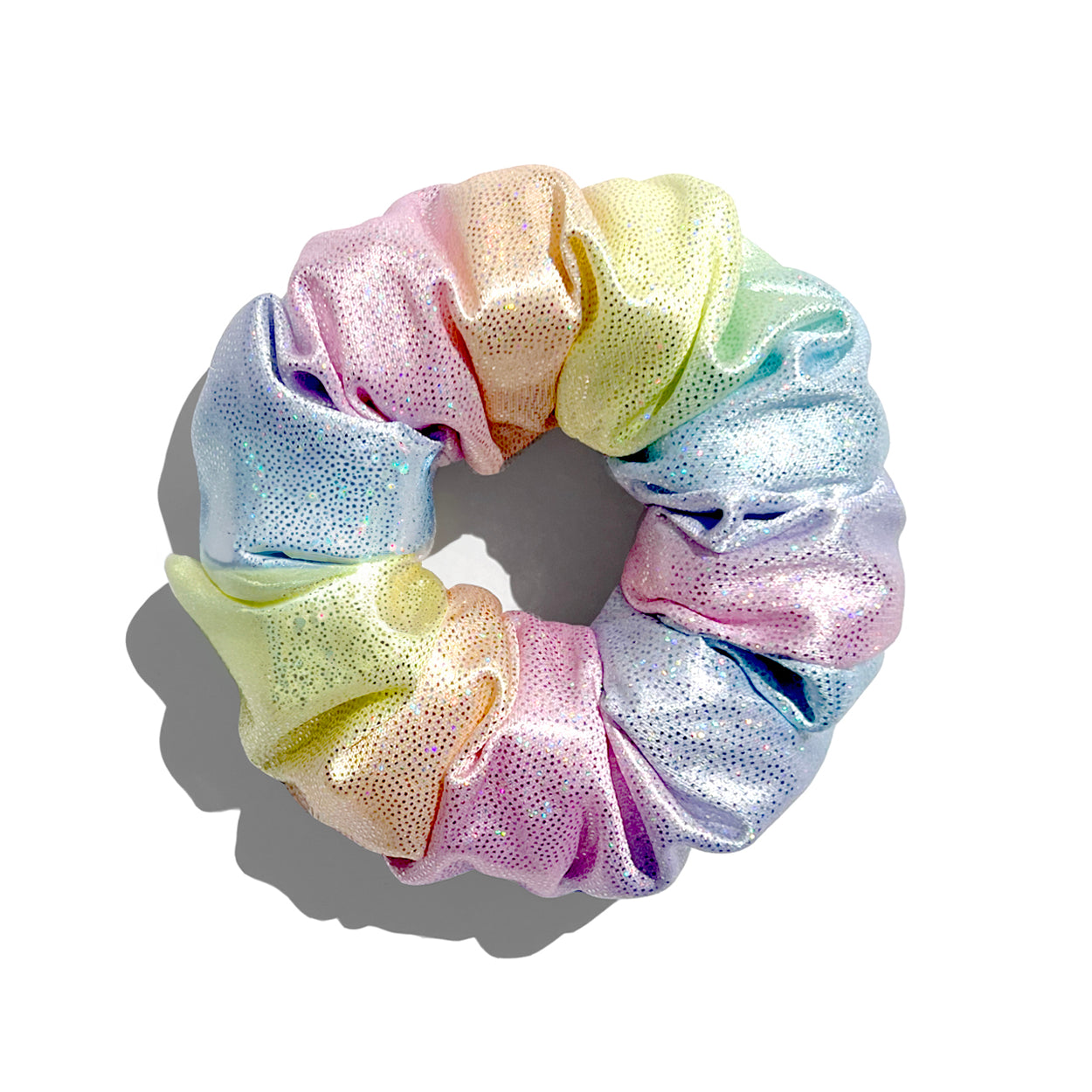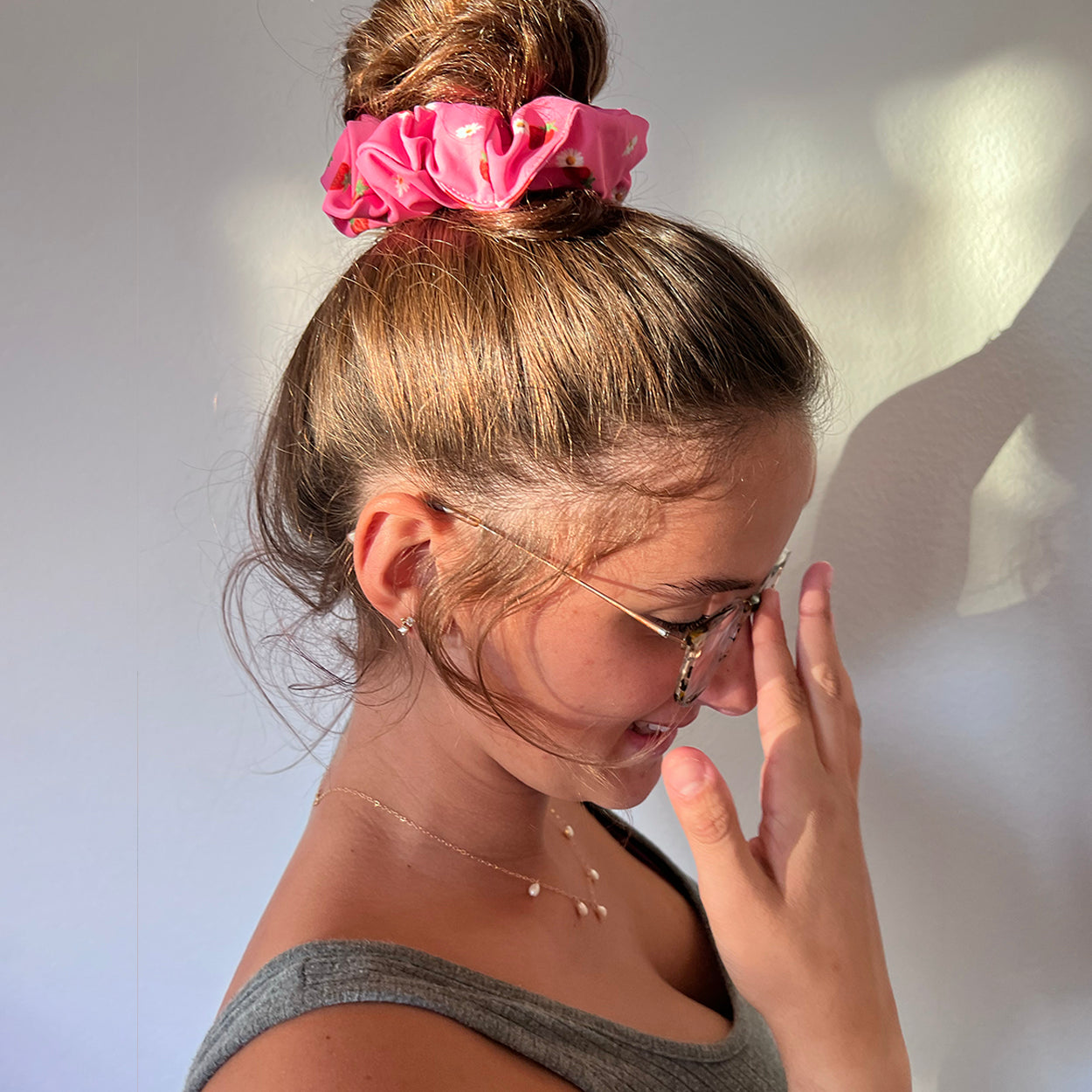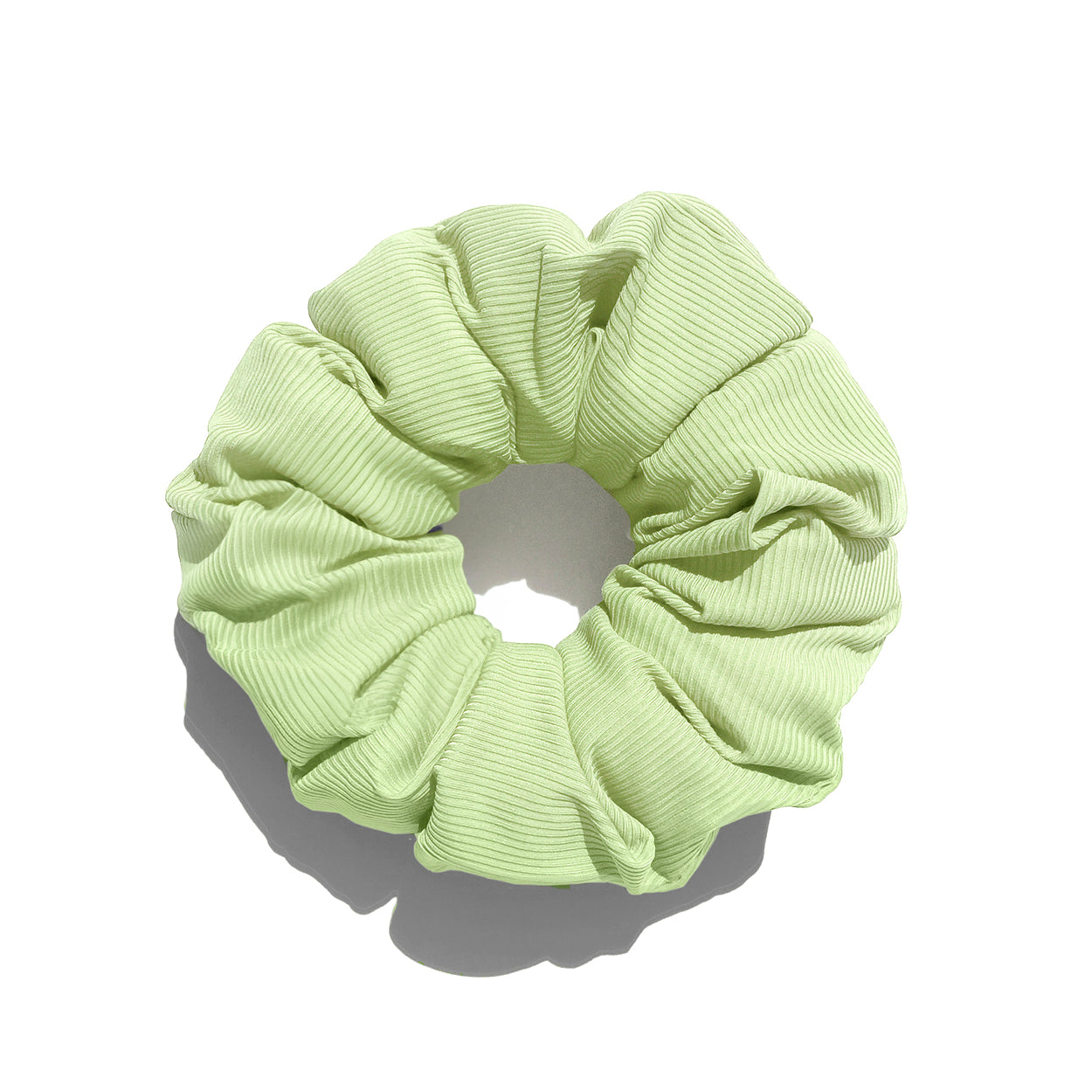Sensory self-regulation, just like emotional regulation, is a crucial skill that we all need to develop to adapt and thrive in different environments. It’s the ability to process sensory information from the environment and respond to it in the right way, either by becoming more alert or by calming down.
For example, have you ever gotten totally overwhelmed by the noise and jostling in a crowded restaurant? Or almost fell asleep during a boring presentation? Those are both examples of situations when sensory self-regulation would have made a big difference. In the first instance, you would have calmed yourself down, and in the second instance, you would have perked yourself up despite the perceived lack of meaningful stimulation.
Many neurodivergent folks, both children and adults alike, struggle with sensory regulation, which can interfere with their ability to function optimally at school and at work. In this article, we’ll define sensory processing disorder and look at how it shows up. We’ll also take a closer look at why neurodivergent folks tend to experience sensory processing dysregulation and sensitivities. Then, we’ll provide some useful strategies to help with sensory self-regulation.
What is Sensory Processing Disorder?
Sensory processing disorder (SPD) is sometimes diagnosed in people who have a hard time processing and responding appropriately to sensory information in the environment. The brain of someone with sensory processing disorder interprets sensory signals differently, and the result is that they either become overstimulated or understimulated by sensory information.
Being overstimulated or overwhelmed can look like the following:
- Getting overly excited or being unable to calm down. For example, a child returning to class after recess who is unable to relax and focus on the lesson.
- Being unable to stop fidgeting or stimming.
- “Zoning out” or daydreaming.
- Trying to “escape”: for example, a child asking to go to the bathroom often, or constantly asking when class will end.
- Tantrums or meltdowns in young children (it happens in adults, too!).
- Visibly trying to block out sound or light by covering the ears and eyes.
Children and adults who get overwhelmed by sensory information can manage their symptoms by learning strategies to help them focus and relax. Not all people with sensory processing disorder experience sensory overload: some are underwhelmed by sensory stimuli while others experience both sensory overwhelm and underwhelm at different times.
Here’s what sensory underwhelm looks like:
- An inability to sit still.
- Constantly looking for objects to bite, chew, or suck.
- Listening to music at a very high volume.
- Needing to touch things excessively.
Neurodivergent children and adults who are underwhelmed by sensory information tend to seek out sensory stimuli. They can have difficulties staying alert and paying attention if they are not receiving some kind of sensory input. In their quest to find something to meet their sensory needs, they may unintentionally distract others.
For example, a child who is stimulated by movement may resort to rocking in their chair — something that could potentially be dangerous as well as distracting! Sensory seekers can enhance their alertness by finding ways to stay stimulated that are safe, and that consider those around them.
Why are neurodivergent children and adults susceptible to sensory overwhelm?
Scientists have yet to discover the exact cause of sensory overwhelm. Yet some research has found that the cause might be in the brain structure: researchers say that brain differences can help explain why individual people process sensory information in their own unique way.
Since neurodivergent folks' brains process information differently than neurotypical ones, this theory can also tell us why they may be prone to facing challenges with sensory processing.
An equally compelling explanation for the cause of sensory overwhelm asks us to take account of how everyday surroundings are designed. Consider, for example, that both indoor and outdoor built spaces are created with neurotypical needs in mind.
Everything from the intense fluorescent lighting that’s present in most schools, offices, and waiting rooms to the unwelcoming textures of plastic chairs or cold, glass tables assumes a neurotypical interaction. Even the way we communicate and the level of noise we find acceptable in offices or classrooms privileges the preferences of neurotypical folks.
What would our environments look like if it was designed to welcome neurodivergent brains, as well as neurotypical ones? Can we even begin to imagine it?
What is sensory self-regulation?
Sensory self-regulation is a person’s ability to adjust their arousal and alertness to an appropriate level so that they can function optimally. Most of the time, arousal needs to be somewhere in the middle. In the middle zone, it’s easy to focus and complete important tasks without getting distracted or tired.
Most people find it relatively easy to maintain this level of arousal. It’s not something that they really have to think about. However, for people with sensory processing disorder, it can be a real challenge.
Sensory self-regulation is not something that comes naturally to people with sensory processing disorder. Not only do they not know how to adjust their arousal to an appropriate level, but often, they aren’t even aware that they should. This is especially true in children with sensory processing issues who haven’t learned how to manage sensory overwhelm or underwhelm.
If children and adults do not learn sensory self-regulation skills, they can become stuck in a state of high or low arousal, which is no fun, or is only fun for a little while!
Self-regulation Strategies
Fortunately, sensory self-regulation is something you can learn, master and personalize for yourself.
We share 6 strategies that can help create a sense of calm and make it easier to focus when you’re in a state of sensory overwhelm or underwhelm. Most of the strategies are suitable for both children and adults.
1.) Self-soothe with a Smush scrunchie
The Smush Scrunchie is lovingly designed with a dual purpose in mind: it not only holds your hair back and looks great on your wrist, but it’s also wonderfully satisfying to fidget with. Its squishy texture and soothing fabric makes it perfect to play and fidget with, helping you calm down when you’re feeling stressed or anxious.
2.) Try a weighted blanket or toy
Weighted blankets are especially cozy for winter time or chillier environments. The pressure of a weighted blanket feels like a warm hug that can put you at ease in minutes. Of course, not everyone wants to carry around a heavy blanket everywhere they go, so a weighted toy is a more practical option for when you’re on the go.
3.) Move! More!
Movement can help both kids and adults stay focused: for example, in between tasks, take a few minutes to stretch or walk around. Adults might consider swapping their desk chair for a medicine ball to boost movement during meetings.
For children, movement and stretching breaks can be implemented in between completing different tasks at school or when they’re working on homework.
4.) Chew on something.
Chewing is a strategy that can be used by both children and adults to self-soothe when experiencing sensory overload. It can also be used for sensory seekers.
For adults, chewing gum would probably be the most appropriate choice. For children, chewy accessories have been designed for sticking on the ends of pencils and pens or wearable chewelry, like the fun ARK’s Y-chews.
5.) Fidget!
Fidgets like fidget spinners have been used successfully for those with autism and ADHD for years — before they became trendy! While stimming vs fidgeting are intentional tactics to calm down or perk up, helpful toys can work for both.
They still work just as well, and because of their size they are easy to use discreetly and quietly for both children in the classroom, and adults in the boardroom. These little toys promote concentration because they help filter out sensory information that can lead to sensory overload.
6.) Noise canceling headphones
Although they’re not always discreet, noise canceling headphones can be a huge help for children and adults who are sensitive to loud noise. When completing tasks that require serious concentration, noise canceling headphones can minimize distractions while helping you zero in on the task at hand.
Help Children and Adults Help Themselves
Sensory processing disorder can be a problem for both children and adults, making it difficult to function at school and at work. After all, it’s hard to relax and focus on what you need to do when you’re either overly excited or completely disengaged.
The good news is that by learning sensory self-regulation strategies, coping with sensory overwhelm and underwhelm can be a whole lot easier. There are hundreds of strategies you can try — our all time favorite are Smush Scrunchies. We love them because they double up as a cool accessory, are comfortable and discreet, and easy to carry around.

